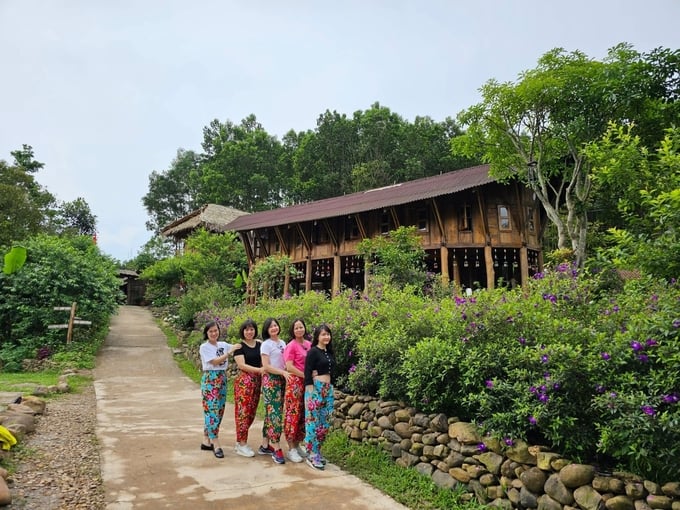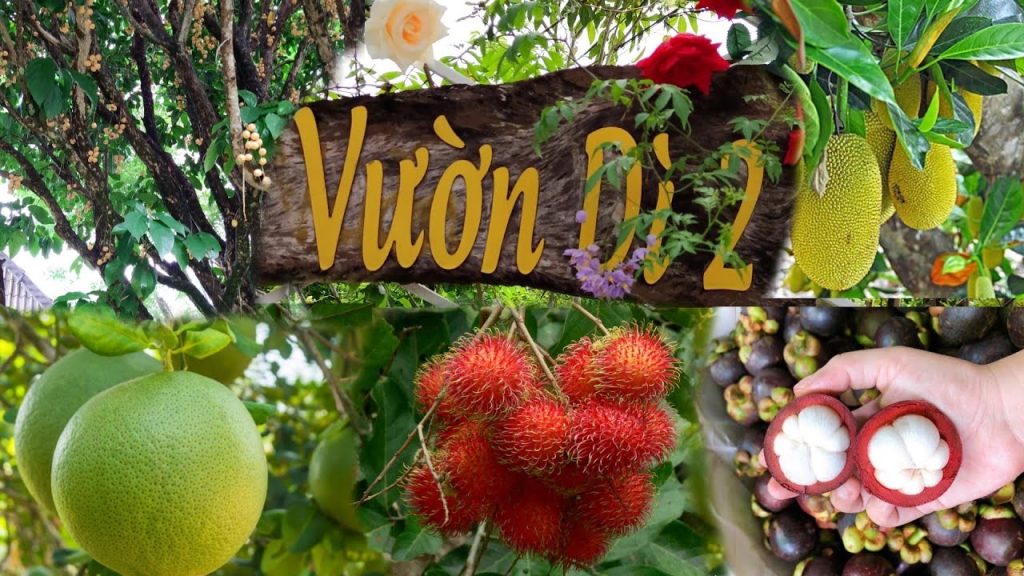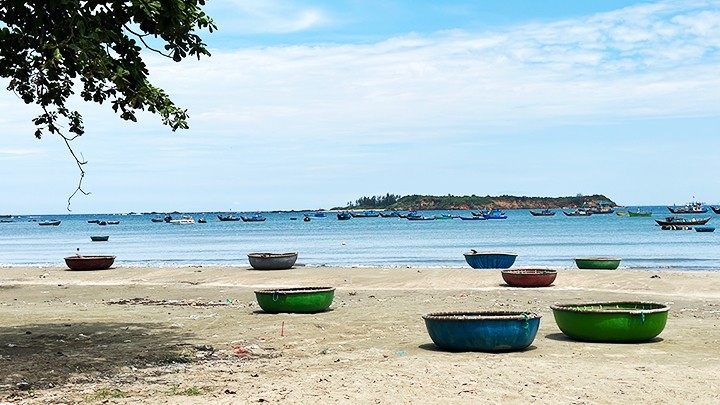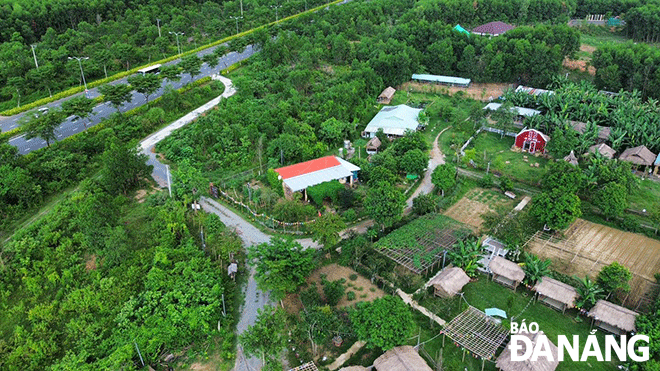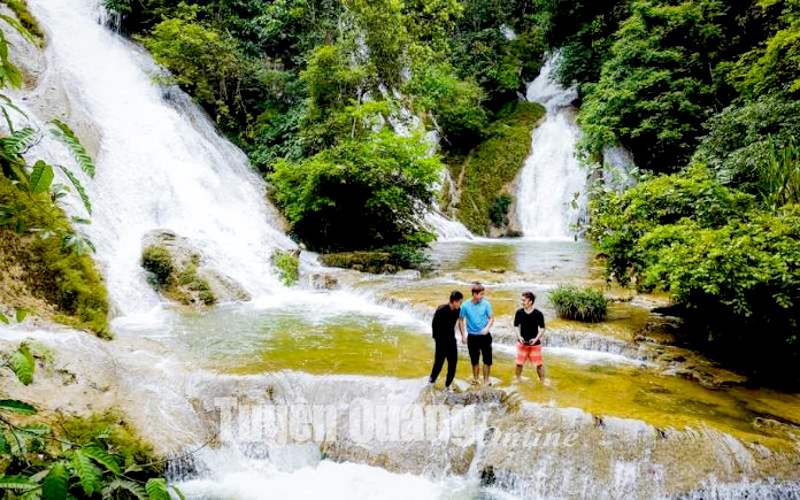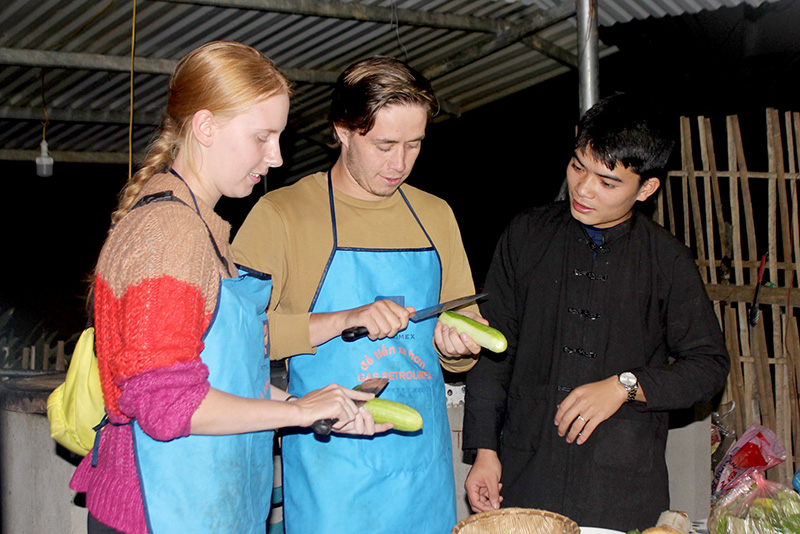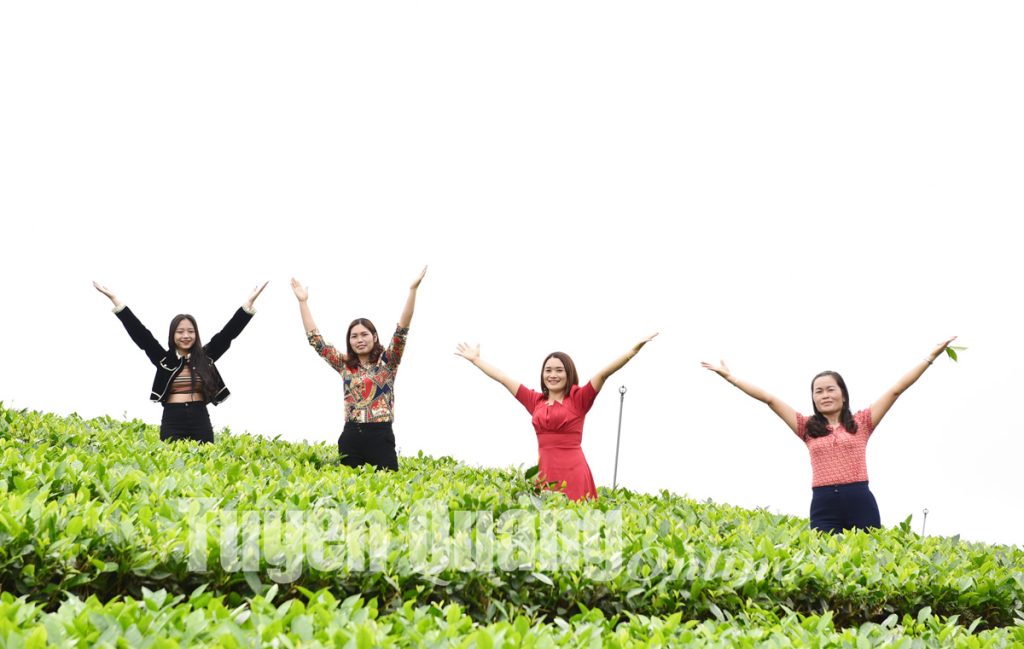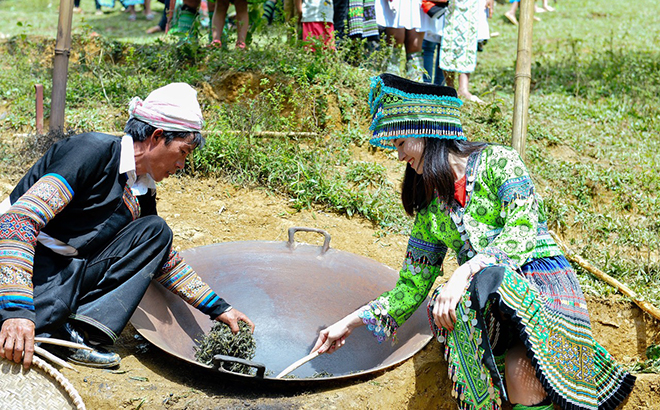(TITC) – Moc Chau Plateau, located in Son La province, is emerging as a leading destination for rural tourism in northern Vietnam, thanks to its agricultural productivity, pristine natural landscapes, and cool climate year-round.
Unleashing Moc Chau’s Distinct Potential
Moc Chau has long attracted both domestic and international tourists with its year-round temperate climate and untouched, picturesque scenery. It is also renowned for its rich and diverse agricultural ecosystem and strong ethnic cultural identity. Visitors can explore scenic rural sites such as Na Ka plum valley, Ban Ang pine forest, heart-shaped tea hills, Dai Yem waterfall, and Chieng Khoa waterfall. Each season offers unique charm, from blooming white mustard flowers, peach blossoms, and plums in spring to tea, corn, and wild sunflower harvests later in the year. These farming landscapes nestled among mountains form the ideal setting for agricultural and wellness tourism.
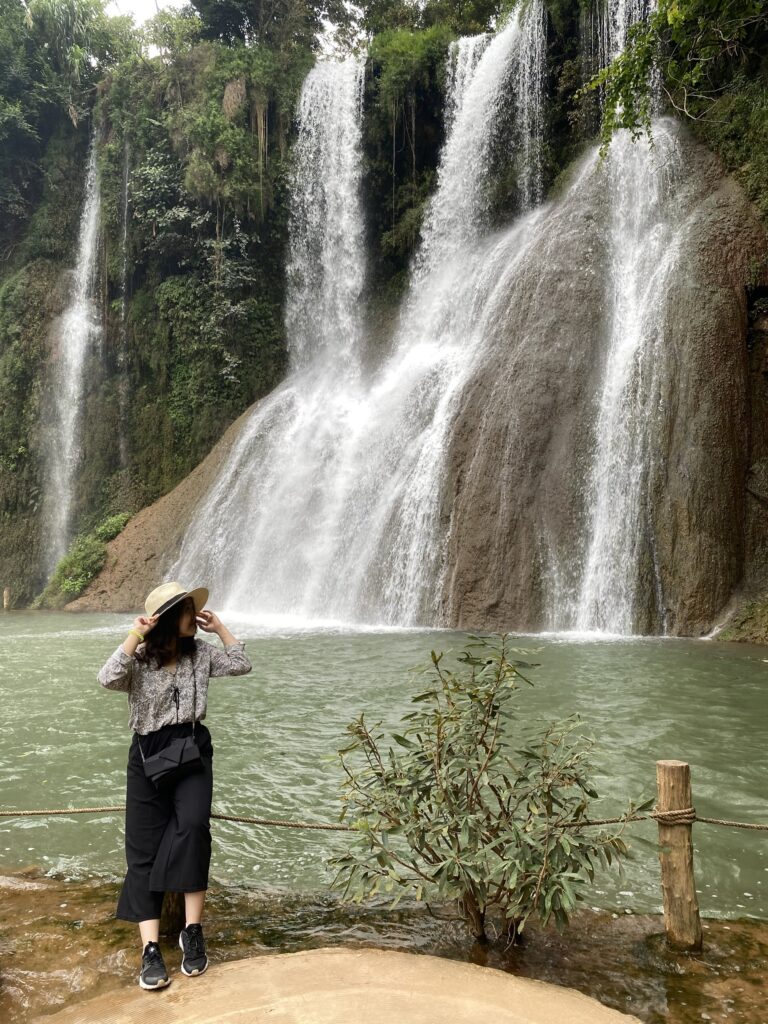
Photo: TITC
Situated at about 1,500 meters above sea level, Moc Chau’s climate is highly suitable for farming. Furthermore, the newly operational expressway has significantly reduced travel time from Hanoi and surrounding lowland provinces, improving accessibility and boosting tourist inflow.
Major agricultural sites include Moc Chau Milk dairy farm, Chimi strawberry farm, organic vegetable farms, and the iconic tea hills of Tan Lap. These are now well-loved destinations where visitors can engage in farming activities like planting, harvesting, making dairy products or cakes, and enjoying farm-to-table cuisine. The high-quality local produce, such as tea, plums, organic vegetables, flowers, and dairy items, also make for popular souvenirs.
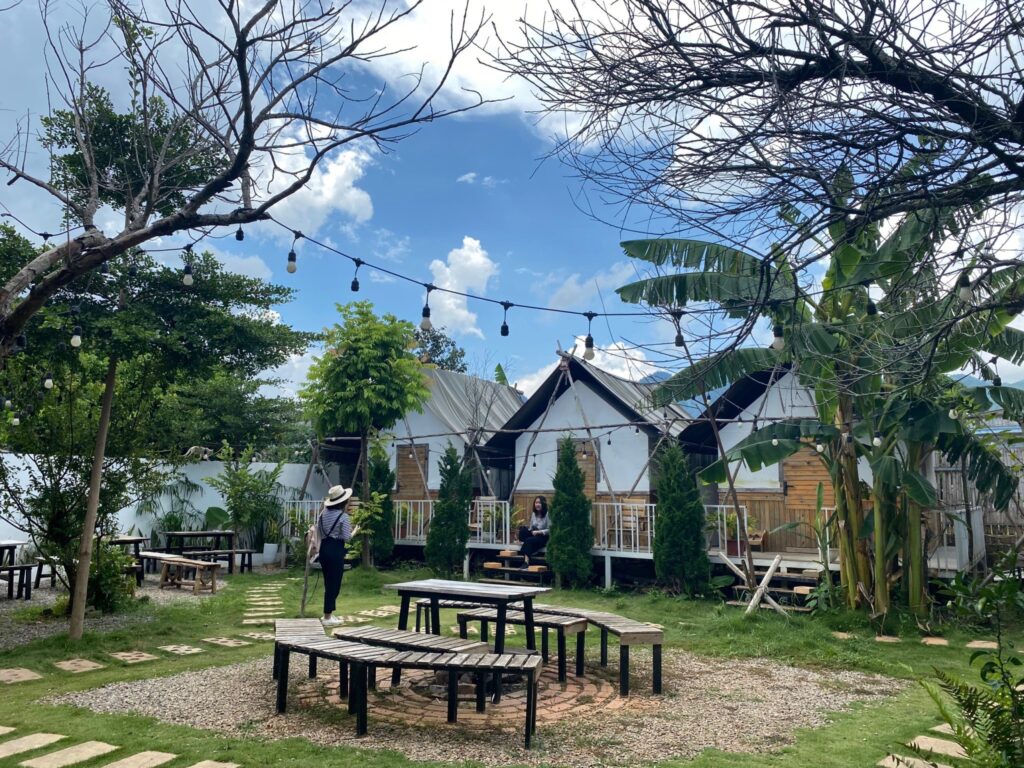
Photo: TITC
Cultural Richness and Community-Based Tourism
Moc Chau is home to many ethnic minorities such as the Thai, Hmong, and Dao, whose traditional lifestyles are still preserved in villages like Ban Ang, Ban Vat, Ban Chieng Di, and Pa Phach. These communities maintain rich cultural practices, folk festivals, handicrafts, and unique culinary traditions, making them ideal for developing community-based and cultural tourism.
Beyond visiting farms, tourists can stay in homestays, join locals in farming, cooking, weaving fabric, performing traditional dances, or drinking fermented wine from bamboo tubes. These immersive, hands-on experiences create a unique and memorable tourism offering that sets Moc Chau apart from other destinations.
Sustainable Development Orientation
Moc Chau has been designated a key area in Vietnam’s national tourism development plan and is on its way to becoming a national-level tourism site. Local authorities have prioritized the sustainable growth of rural tourism by encouraging local participation, preserving ethnic cultures, and promoting clean, organic agriculture.
Son La’s 15th Provincial Party Congress (2020-2025) named tourism one of the province’s three strategic breakthroughs. Resolution No. 41/2022/NQ-HDND outlines tourism development support policies from 2022-2026 across four key areas: product development, tourism promotion, workforce training, and community tourism support.
According to Tran Xuan Viet, Deputy Director of the Department of Culture, Sports and Tourism of Son La, the province is focusing on practical, clearly defined planning strategies to guide tourism growth. The aim is to create quality destinations and standout tourism products tailored to the specific advantages of each region.
A master plan for Son La’s tourism development to 2030 (with a vision to 2050) clearly defines tourism growth zones. Notably, a comprehensive plan for Moc Chau National Tourism Area has been approved, attracting nearly VND 29,000 billion in registered investments for tourism services, agro-tourism, and trade between 2021 and 2025.
Son La’s tourism development revolves around five core product types:
Ecotourism and agricultural tourism
Cultural and historical tourism
Community-based tourism
Leisure, wellness, and recreational tourism
Thematic tourism (sports, conferences, gastronomy)
The region’s natural beauty, diverse agriculture, four-season produce, and rich ethnic cultures, along with strategic public and private investment, are creating a dynamic and competitive tourism ecosystem. Festivals, cultural weeks, and ethnic community stays are also growing in popularity.
Thanks to its natural assets, cultural depth, and well-aligned development strategies, rural tourism in Moc Chau is steadily affirming itself as one of the most attractive and sustainable models in Vietnam. It is not only diversifying Son La’s tourism products but also boosting the local economy, increasing incomes, preserving cultural heritage, and protecting the environment. Ultimately, it supports the goal of inclusive, green, and effective tourism development in Vietnam’s northwest region.
Tourism Information Technology Center

